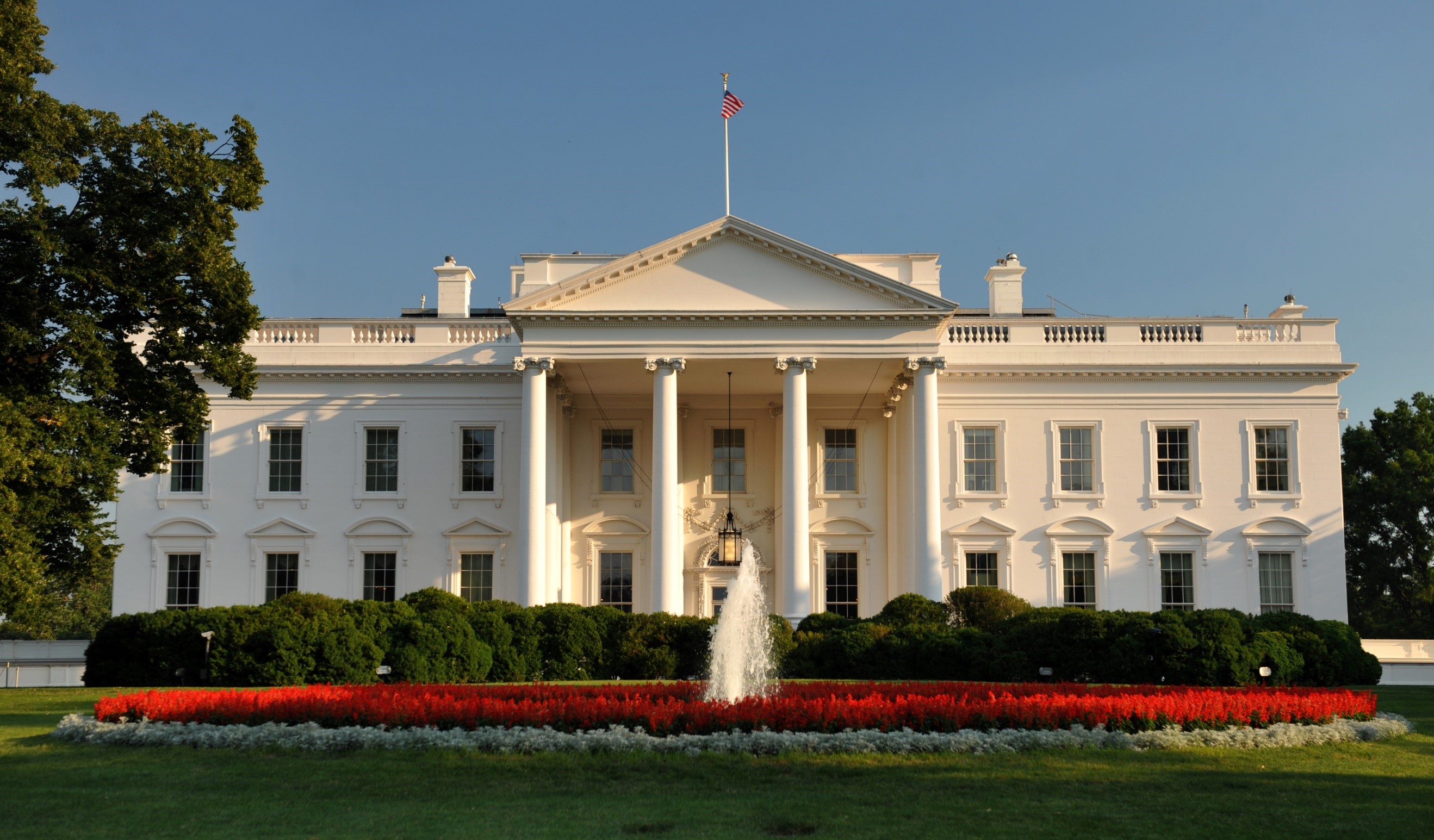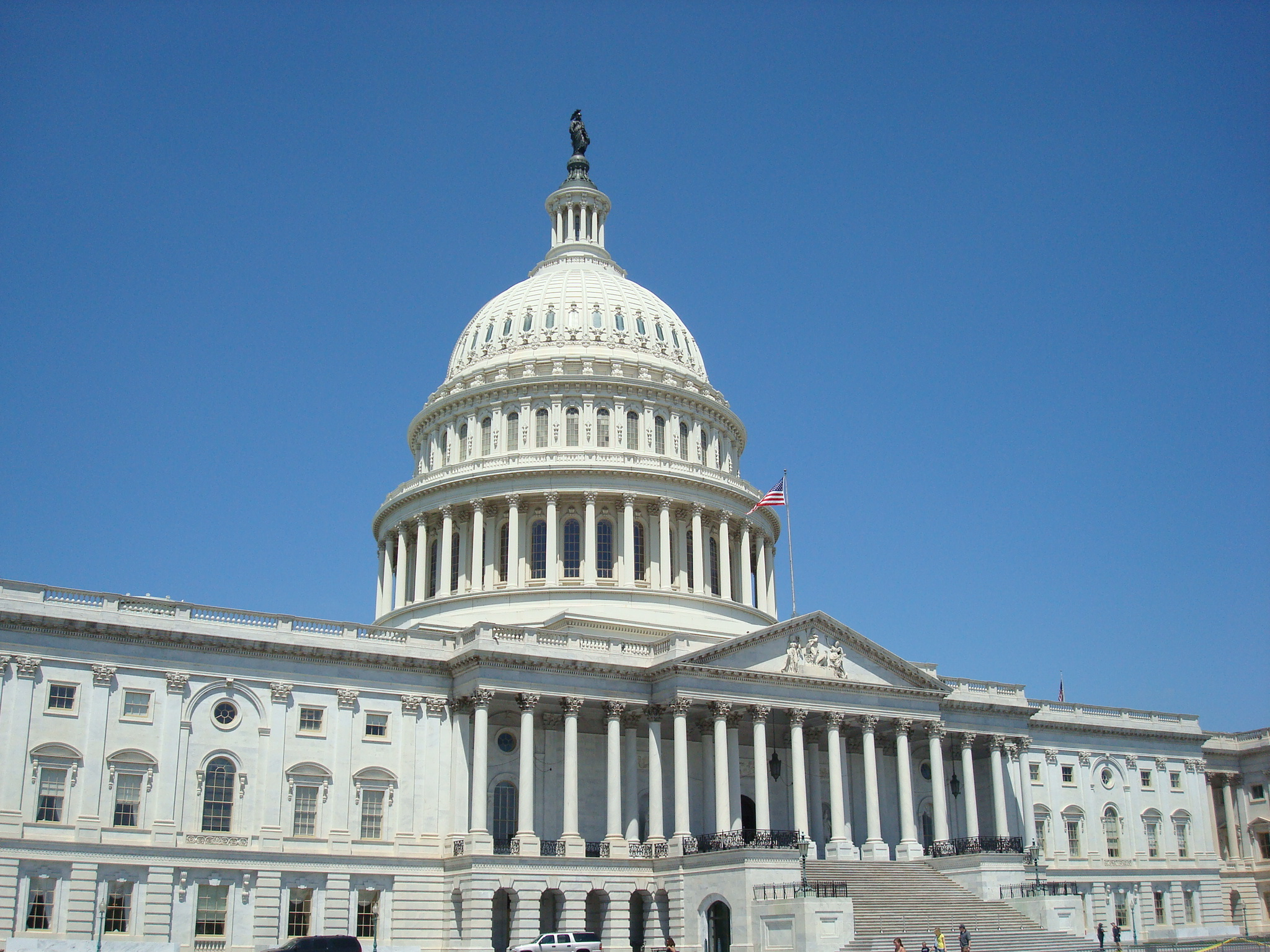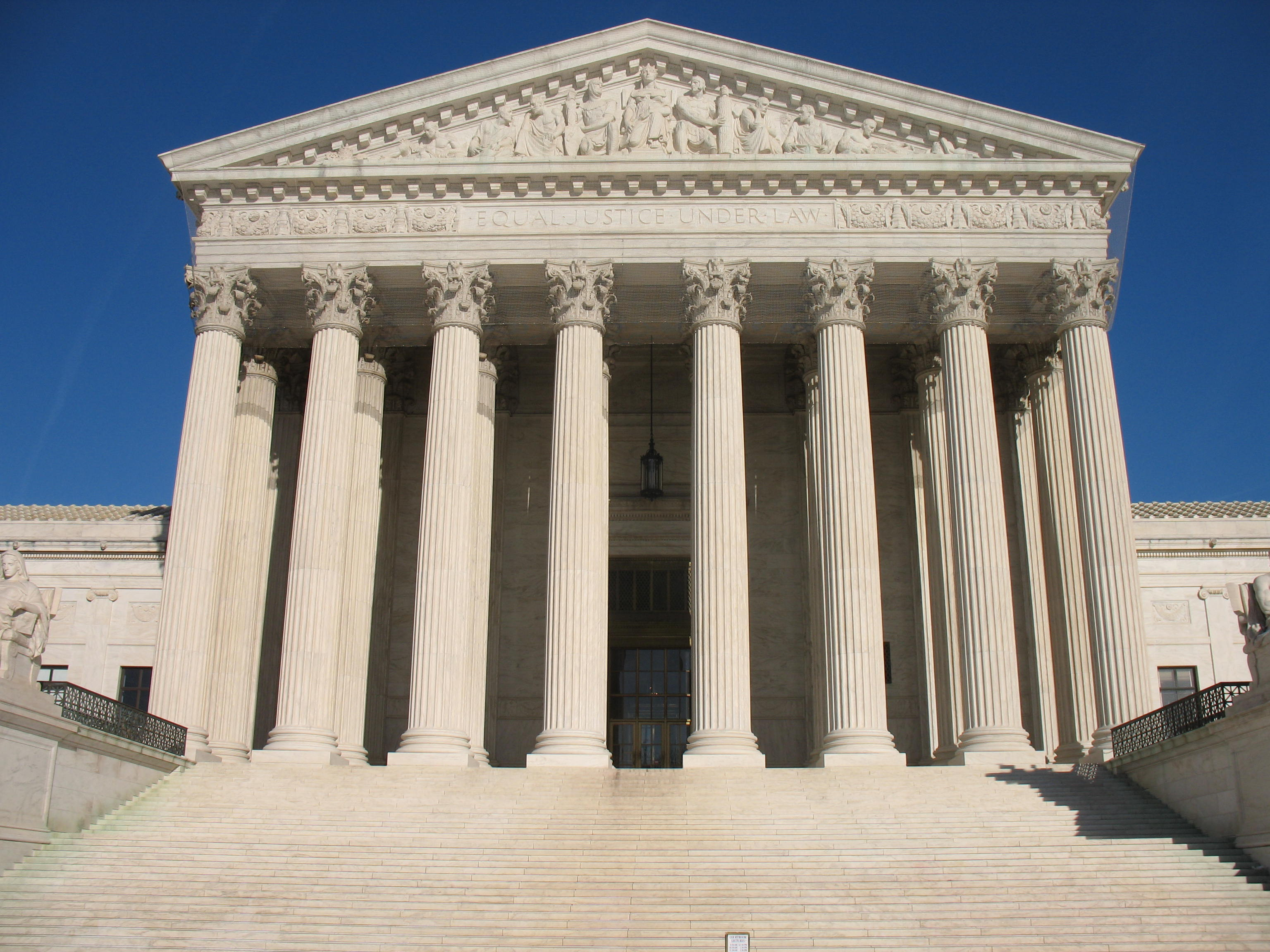Unit 2 Overview: Political Institutions
3 min read•june 18, 2024
Isabela Padilha
Kelly Cotton
AP Comparative Government 🗳️
90 resourcesSee Units
Before we dive into Unit 2: Political Institutions, let's revisit Unit 1: Political Systems, Regimes, and Governments for a moment. Remember, Unit 1 is all about how we compare the course countries (UK , Russia , Iran , Mexico , China , and Nigeria ) in regard to their governments! Think of Unit 1 as our "How To" guide of comparison, while every unit we explore together moving forward will be about specific points of comparison. If you have taken AP US Government or a US Government course, then you have a little bit of background in this area already, as this includes institutions like the executive branch, legislative branch, and judicial branch that you studied in the United States.

White House, home of the President, is an example of an executive branch. Image from Wikimedia Commons.

Capitol Hill, home to the Senate and House of Representatives in the United States, is an example of the legislative branch. Image from Wikimedia Commons.

Supreme Court of the United States is an example of the judicial branch. Image from Wikimedia Commons.
Breaking down Unit 2
Unit 2 can be broken down into 3 Big Ideas, according to the Course Exam and Description (CED):
1. Explaining and comparing parliamentary, presidential, and semi-presidential systems. Your goal at the end of this unit is to be able to explain the different political structures in each of the courses' countries. You are then expected to take that knowledge about each Comp Gov country and use it to compare the courses' countries with one another using the skills 💪🏽 you learned in unit 1.
2. Executive, Legislative, and Judicial 👩⚖️ Branches. Once you understand the political systems in each of the Comp Gov countries, College Board expects that you will be able to develop an understanding of not only the various structures of the branches but also an understanding of how those structures are used in each of the course countries to wield and maintain power. 🏋🏿
3. Advantages and Disadvantages of Political Systems. In addition to knowing and applying what you have learned about the political systems and their branches, it is expected that you can take the knowledge and characterize the advantages and disadvantages of having one system over another with regard to stability, legitimacy, and policymaking. 💯
Key Terms: 🔎
Here is a list of all the key terms and a quick definition of each if you need to come back to it. You can also start your study by reading the concepts and identifying which ones you believe a review on:
- Parliamentary - Democratic form of government in which the legislative is in charge of the executive. The Head of Government (usually called Prime Minister) is chosen by the legislative.
- Presidential - Democratic form of government in which the executive is separated from the legislative and the judiciary. The head of government and head of state powers are the president.
- Semi-Presidential - Combines elements of both parliamentary and presidential. There is a President and a prime-Minister, and each has different roles and responsibilities.
- Executive branch - In charge of executing and sometimes approving the laws made by the legislative.
- Bureaucracy - System of administration used to facilitate the execution of laws. Provides divisions to properly fulfill its tasks.
- Legislative Branch - The lawmaking body of the government. It can comprise a parliament or congress represented, usually, by different parties of the government.
- Judicial branch - The body responsible for interpreting and analyzing the laws of a society.
Browse Study Guides By Unit
👑Unit 1 – Political Systems, Regimes, & Governments
⚖️Unit 2 – Political Institutions
🙋♀️Unit 3 – Political Culture & Participation
🐘Unit 4 – Party, Electoral Systems, & Citizen Organizations
🏗Unit 5 – Political & Economic Changes & Development
🤔Exam Skills
📚Study Tools

Fiveable
Resources
© 2025 Fiveable Inc. All rights reserved.